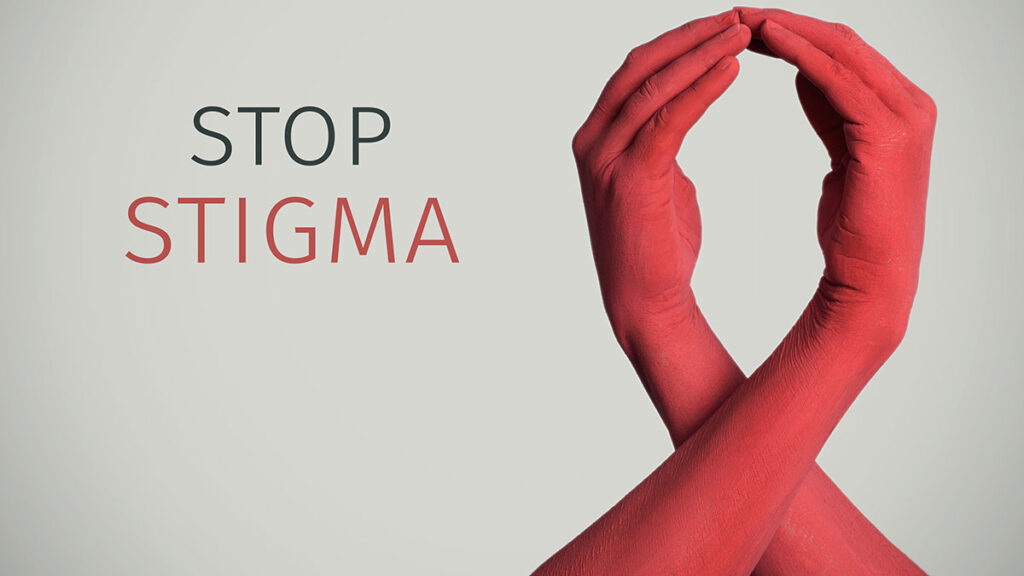
Addiction remains one of society’s most pervasive challenges, yet it is often shrouded in stigma and misunderstanding. This stigma, rooted in judgment and stereotypes, can create significant barriers for those seeking help and healing. In response, the arts community has emerged as a powerful force in addressing these misconceptions. By harnessing the emotional depth and accessibility of creative expression, artists and organizations are not only challenging stigma but also fostering empathy, understanding, and hope.
Art as a Medium to Challenge Misconceptions
One of the most significant ways the arts combat addiction stigma is by illuminating the human stories behind the struggle. Plays, films, paintings, and music allow audiences to see addiction not as a moral failing but as a complex interplay of biological, psychological, and societal factors. These mediums give voice to those who have experienced addiction, offering a nuanced perspective that counters harmful stereotypes.
For instance, theater productions centered on addiction often highlight the challenges faced by individuals and their families, portraying the realities of recovery with authenticity and compassion. Films like Beautiful Boy and Ben Is Back humanize addiction by showcasing the struggles of those caught in its grip, making their journeys relatable to a broader audience. Such stories foster understanding and reduce the “us vs. them” mindset that perpetuates stigma.
Creative Expression as a Path to Empathy
Art has a unique ability to evoke emotion and empathy, bridging the gap between people from different walks of life. A striking painting or a heartfelt poem can convey the raw emotions associated with addiction—grief, hope, despair, and resilience—in ways that transcend language.
Art exhibitions featuring works created by individuals in recovery serve as poignant reminders of the strength and creativity of those overcoming addiction. These exhibitions often invite viewers to confront their biases and reflect on the shared humanity of addiction survivors. By engaging with these pieces, audiences are encouraged to see beyond the label of “addict” and recognize the person behind it.
Community Projects Amplifying Voices
The arts community also plays a critical role in creating platforms for those affected by addiction to share their stories. Community-based art projects, like recovery murals or spoken word performances, empower individuals to reclaim their narratives. These projects not only help participants process their experiences but also challenge public perceptions by presenting addiction as a shared societal issue rather than an isolated personal failing.
For example, poetry slams that feature themes of recovery and resilience allow performers to connect with audiences on an emotional level, dismantling prejudice through vulnerability and authenticity. Similarly, collaborative public art projects often incorporate input from individuals in recovery, making the creative process a testament to collective strength and renewal.
A Catalyst for Broader Cultural Change
Beyond individual works of art, the arts community serves as a catalyst for cultural change by fostering conversations about addiction in spaces that might otherwise avoid the topic. Galleries, theaters, and music venues are increasingly hosting events dedicated to addiction awareness, creating safe environments for dialogue and education.
These efforts contribute to shifting societal attitudes, encouraging more compassionate policies and practices toward those affected by addiction. By normalizing discussions about addiction and recovery, the arts help dismantle the walls of stigma that prevent individuals from seeking help.
Conclusion
The arts community has taken a bold stand in the fight against addiction stigma, using creativity to reveal truths, inspire empathy, and promote healing. Through storytelling, community engagement, and powerful visuals, artists are reshaping public perceptions of addiction, fostering a more compassionate and inclusive society. In this transformative effort, the arts become a tool not just for expression but for advocacy and change, paving the way for a world where addiction is met with understanding rather than judgment.